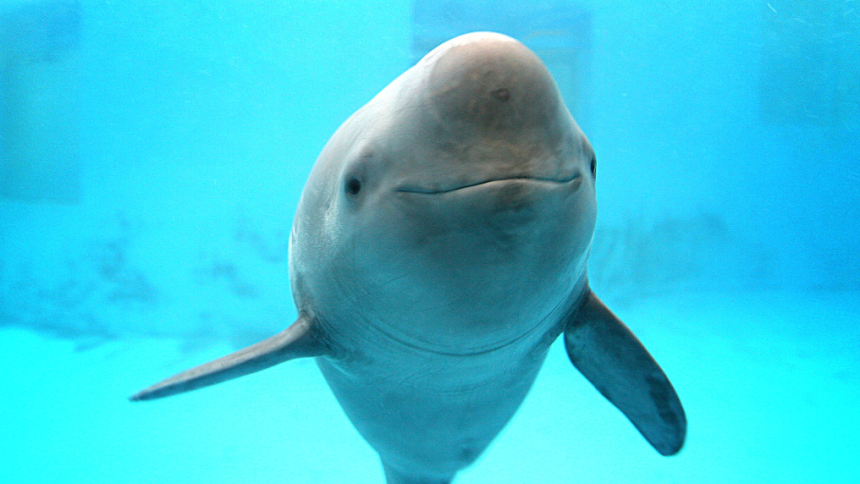From Extinction’s Edge to Cautious Optimism
The Yangtze finless porpoise (Neophocaena asiaeorientalis) is China’s only freshwater cetacean and is classified as Critically Endangered—with recent estimates placing the wild population at approximately 1,249 individuals. This follows a long decline driven by overfishing, pollution, ship traffic, and habitat fragmentation from dams and sand mining.
Cutting-Edge Conservation: Breeding and Reintroduction Success
A breakthrough moment arrived in mid‑2025 when Chinese biologists successfully rescued, rehabilitated, and reintroduced two finless porpoises back into their natural habitat—a pioneering achievement for the species.
This achievement underscores the growing success of ex-situ conservation, using controlled captive efforts to bolster wild populations and prevent genetic erosion—especially important following the extinction of the Yangtze dolphin (baiji).
Habitat Restoration: Fewer Fishing Nets, Cleaner Rivers
Reviving the Yangtze ecosystem has been equally important. Since early 2021, China has enforced a 10-year moratorium on fishing in critical river zones, transforming local fishermen into guardians and observers, fostering surveillance and stewardship of porpoise habitats.
Nonprofits like WWF, in partnership with Chinese authorities, have reconnected over 40 floodplain lakes to the Yangtze’s main channel—restoring fish migration routes and strengthening the food supply needed for porpoise survival.
These efforts also show signs of ecological improvement, with fish populations bouncing back and biodiversity rebounding along restored river areas.
People’s Daily+1
Mapping, Monitoring, and Protection Zones
Recent research from the Institute of Hydrobiology (Chinese Academy of Sciences) has mapped key porpoise habitats, particularly in areas like the Jingjiang section of the river, identifying previously under-counted populations (e.g., 39 individuals detected there) and informing protective strategies.
PMC
Despite these successes, the implementation of protected zones remains uneven. Conservation plans recommended in the 2016–2025 action plan—like safeguarding stretches from Ezhou to Anqing and areas around Poyang Lake—still lack solid local government support.
A National Commitment Rooted in Science
Recognizing the species’ plight, the Chinese government has designated the finless porpoise as a National First Grade Key Protected Wild Animal, the most stringent domestic protection level. Alongside this legal safeguard, research institutes like the Institute of Hydrobiology are driving scientific innovation and public awareness.
Why This Matters
- Avoiding a second baiji tragedy: The extinction of the Yangtze dolphin remains a cautionary tale. Current efforts aim to prevent history repeating.
- Ecosystem implications: The porpoise serves as an indicator of freshwater health; its survival reflects broader restoration.
- Global relevance: China’s model—spanning habitat restoration, captive breeding, and community-based stewardship—offers hope and inspiration for endangered freshwater species worldwide.
While the road to recovery remains long and fragile, these coordinated steps—scientific, governmental, and grassroots—signal renewed determination. For the Yangtze finless porpoise, often dubbed the “Smiling Angel,” these efforts offer a lifeline worth the world’s attention.










